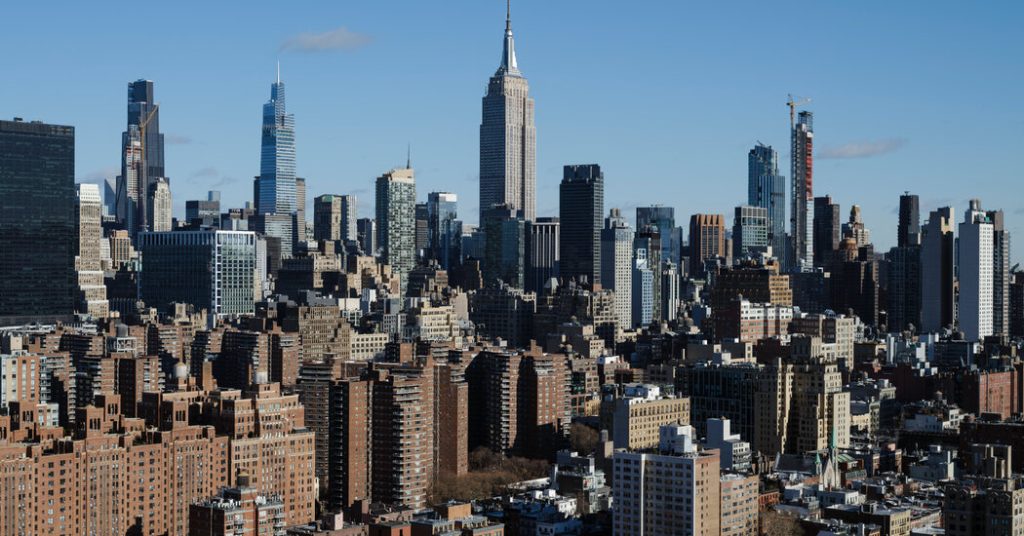Stopping individual lawmakers from blocking new housing. Making it easier to remove homes from flood zones. Opening up primary elections to all voters.
These are three ideas that New York City voters might be able to vote on in November, through proposals developed by a special panel that is seeking to address problems like the housing crisis, climate change and poor voter turnout in local elections.
The panel, known as a Charter Revision Commission, has been working for months to design proposals that would change the City Charter, a document that is often described as a city version of the U.S. Constitution. On Wednesday, the commission will release a preliminary report that describes what those changes might look like.
The commission’s main focus was on housing. It described changes to the Charter that could make it easier to build homes by exempting affordable housing or smaller residential buildings from a costly, complicated approvals process. The report also discusses how letting all voters participate in primary elections, regardless of party affiliation, could improve turnout and representation. And in response to the climate crisis, it says, changes to the charter could make it simpler for the city to buy out homes vulnerable to flooding.
The 103-page report is not final. The commission’s administrative staff created the list of proposals from testimony gathered at public hearings in all five boroughs, in addition to research and comments submitted electronically.
Over the next few months, members of the 13-person commission will debate the ideas, many of which are contentious, and may even choose to put nothing on the ballot. But the report shows that the commission is thinking about changes that could have a significant impact on the future of the city.












